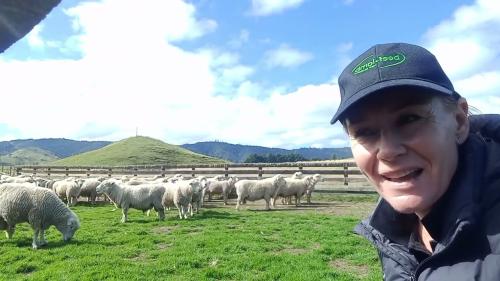Search results
Displaying 671 - 680 results of 1423
- News… encouraging farmers to body condition score their ewes at least six weeks out from mating to help maximise conception …

- … Find out the latest values and volumes of lamb, beef …
- Video… programme Manager Ginny Dodunski explains the ins and outs of parasite management in ewes prior to …
- … Rabobank New Zealand is a part of the global Rabobank Group, the world’s leading specialist in food and … our focus is our agribusiness clients and the long-term success of their businesses. … and passionate Kiwi farmers who produce the finest quality free-range grass-fed …
- User guide… request simple feed budget tool you can either have posted you memory stick can email … 40ha pasture growth rate kgdmhada 10 area irrigated see tip below pasture growth rates your … well say 85 utilisation good quality hay about 8 8 click next couple times until you back …
- … from 2.2% to 16% annually, with two-thirds of these losses occurring during lambing, also … advice on cost-effective strategies to mitigate ewe losses. B+LNZ Project Lead Mhairi … Data was collected from 20 farms (North and South Island). Provider Anne Ridler, Massey …
- … This project aims to identify the opportunities and challenges associated … New Zealand record 15-18% mortality rates in their lambs. 75% of these losses likely occur within 3-5 days of …
- … About the programme Our Innovation Farms bring together the best scientific minds and farming visionaries to investigate specific technology and on farm … Find out more For more information contact your … Field day handouts …
- Factsheet… single biggest expenditure item farm budget therefore critical farm has accurate soil test … you can get clear picture trends carrying out annual soil test across least five … include flat versus hill areas north versus south facing slopes trend over time reasonably …
- News… including Beef + Lamb New Zealand, the Ministry for Primary Industries and the NZ Landcare Trust the ‘Understanding the impacts of sheep winter … in a sheep winter grazing trial carried out over three years on an Otago farm. …

